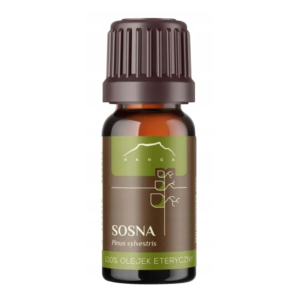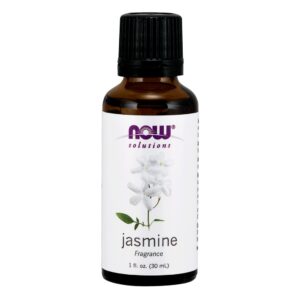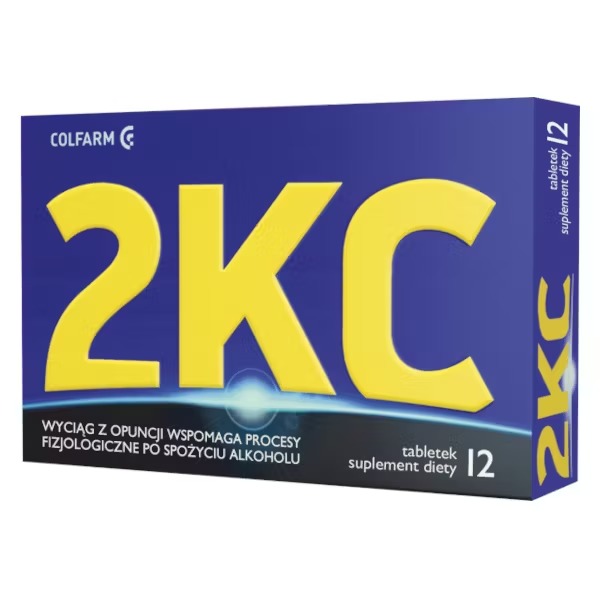NANGA
White thyme oil 100% essential
10ml
This oil is obtained from the flowering herb of white thyme (Thymus zygis) by steam distillation. It is rich in thymol, a compound with strong and effective antibacterial, antifungal and antiseptic effects.
White thyme grows in Spain, Portugal and Morocco. It is also known as Spanish thyme. It is distinguished from “ordinary” thyme (Thymus vulgaris) by its snow-white flowers (true thyme produces light purple or pink flowers). Where it occurs, it is mainly used as a spice.
Thyme is a plant that has been valued since ancient times. It symbolized courage, which is why its Latin name was taken from the Greek word “thumus”, meaning courage. First, ancient warriors, and later medieval knights, took sprigs of thyme with them to war, so that its scent would give them courage and self-confidence.
In the medicinal context, thyme was once an important plant used for numerous ailments, primarily respiratory diseases, colds, fever, digestive problems, nervousness and insomnia. Its positive effect on the respiratory tract was used to relieve coughs and runny noses. Thyme tea was supposed to help with a quick recovery and improve digestion. It also had an antispasmodic and sedative effect, making it easier to fall asleep.
Thyme also served as an incense. Its dried herb was often burned during religious ceremonies.
FEATURES
- White thyme oil used in massage warms and stimulates blood circulation. Soothes rheumatic and muscular pain. Promotes deep relaxation of the body.
- Applied to the skin, it has antiseptic and anti-inflammatory effects. It disinfects the skin, supports the healing of inflammatory changes and minor wounds. Regulates sebum secretion.
- When used in inhalation, it supports the functioning of the respiratory system in infections, flu and colds. It clears and cleanses the respiratory tract, relieves cough and runny nose.
APPLICATION
- For massage.
- For cleansing and care of skin affected by fungus, bacterial infection, and inflammatory changes.
- For rinsing the throat and oral cavity in inflammatory conditions.
- For rubbing into insect bites and minor wounds.
- As an addition to cosmetics.
- For inhalation.
HOW TO USE
Warning – White thyme oil contains thymol, which is irritating to the skin. Always remember to dilute the oil properly.
- Aromatherapy burner – fill the aromatherapy burner with water and add 3-10 drops of oil. Light a candle at the bottom. Stay close to the burner to inhale as many volatile compounds as possible.
- Inhalation – add 2-3 drops of oil to hot water, cover your head with a towel and inhale the rising steam for 5-10 minutes. Be careful not to get the steam in your eyes. You can also put a drop of oil on a tissue and inhale it several times a day.
- Bath – Add 3-10 drops of oil to a tub of hot water and mix well. Soak in the water for at least 20 minutes. Do not use detergents (it is best to take a shower before bathing with oils).
- Massage – add 15 drops of oil to 50 ml of carrier oil (e.g. wheat germ) and mix. You can warm the oil up a bit.
Other
You can use the oil diluted in a carrier oil for skin care and as a mouthwash.
COMPOSITION
White thyme essential oil (Thymus zygis) 100%. No additives. Top quality!
COMBINES WELL WITH
Bergamot, grapefruit, lemon, lavender, rosemary and pine.
TRIVIA
Thyme was used in ancient Greek, Egyptian and Roman medicine. It was used as incense in Greek temples, and the Egyptians used it for embalming. During the Middle Ages, it was given to knights during battles to increase courage, and a sprig of thyme was brought into the courtroom to ward off disease.
Thymol – the active ingredient in the oil – crystallises at temperatures below 20°C. The higher the thymol content, the greater its tendency to change state. We recommend then placing the bottle in a bowl of hot water, which should be changed frequently and for as long as the oil does not return to a liquid state. Shake thoroughly before use.
WARNINGS
White thyme oil may irritate skin. May be toxic if not properly diluted.
PLANT CHARACTERISTICS
White thyme (Thymus zygis) belongs to the mint family. It occurs naturally in Spain, Portugal and Morocco. It grows on sunny hills and coasts. It can adapt to poor soils. It forms dense tufts. Its stem is poorly branched and reaches about 30 cm in height. The leaves are very small, narrow, needle-like. The flowers are also very small and white, growing in whorls. White thyme reproduces by seeds, as well as by stolons. The whole plant smells pleasantly.
TECHNICAL INFORMATION
- Country of origin Morocco
- Method of obtaining: steam distillation
- Part of the plant used: leaves
- Color clear, colorless to pale yellow
- Scent intensity: strong, herbal, spicy
- Main ingredients: linalool 7%, limonene 1%
- Consistency: rare
- Flash point 60 °C
- Relative density 0.943 g/ml
- Allergens citral 0.15%, citronellol 0.05%, geraniol 0.2%, limonene 4%, linalool 6.5%
BIBLIOGRAPHY
1. https://www.aromaweb.com
2. https://en.wikipedia.org
3. https://pfaf.org
4. https://www.naturalmedicinefacts.info
- Country of origin: Morocco
- Aroma: herbal, spicy
- Fragrance note: Top note
- Application: for fireplaces
- Warnings: for external use, use diluted, avoid contact with eyes
Manufacturer: NANGA
Packaging: 10 ml






































Reviews
Clear filtersThere are no reviews yet.